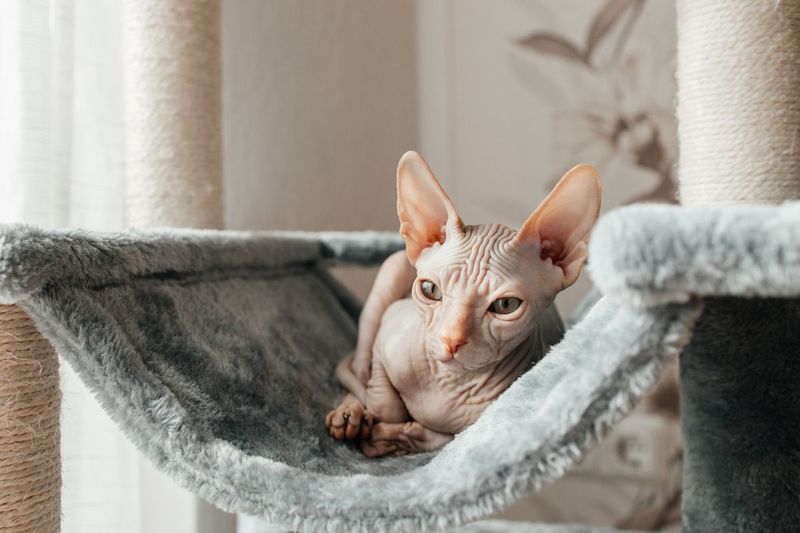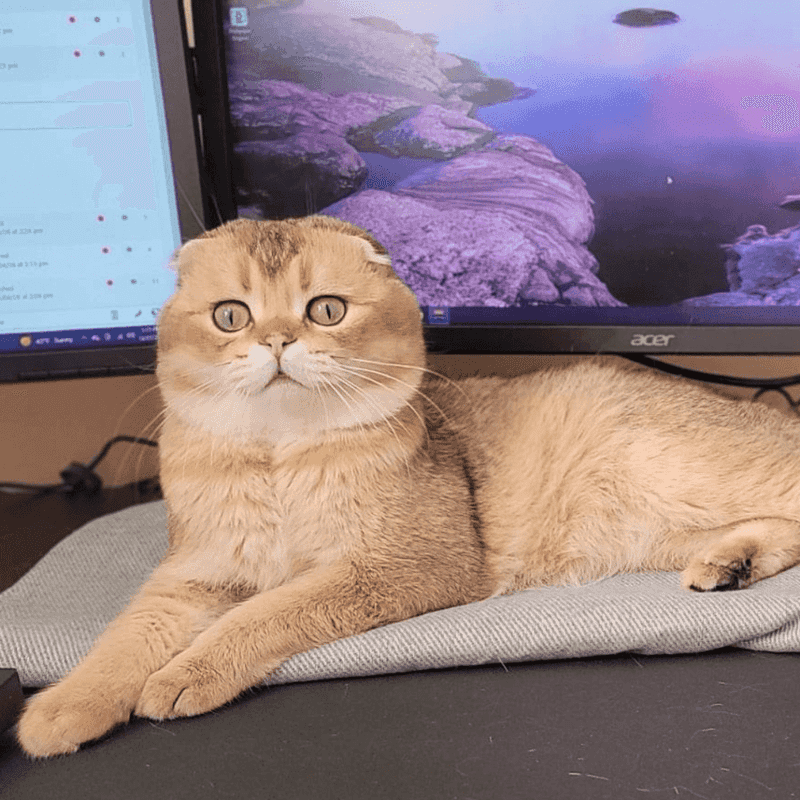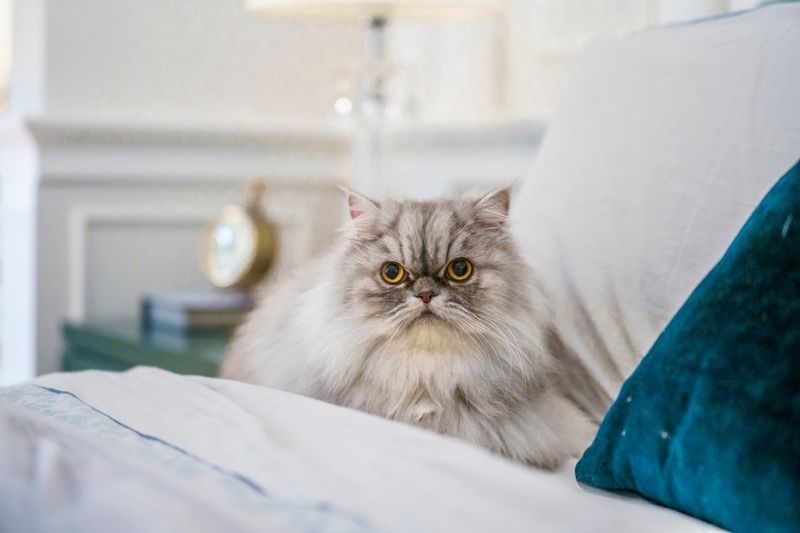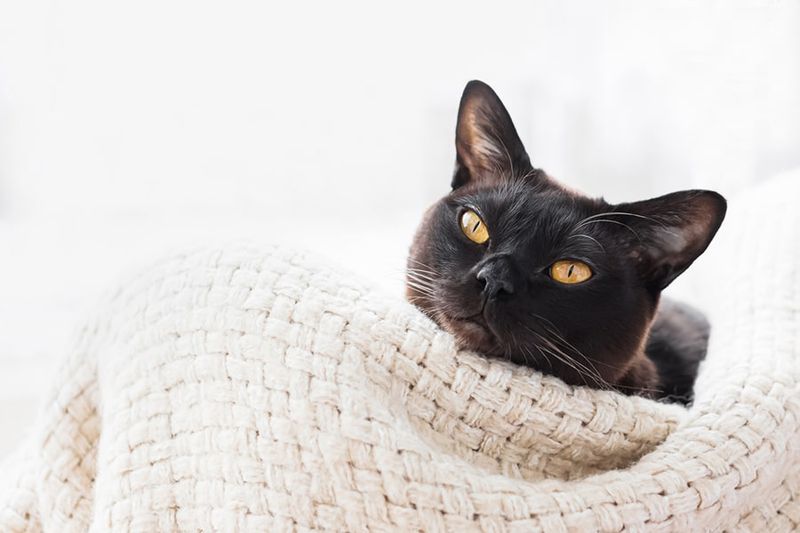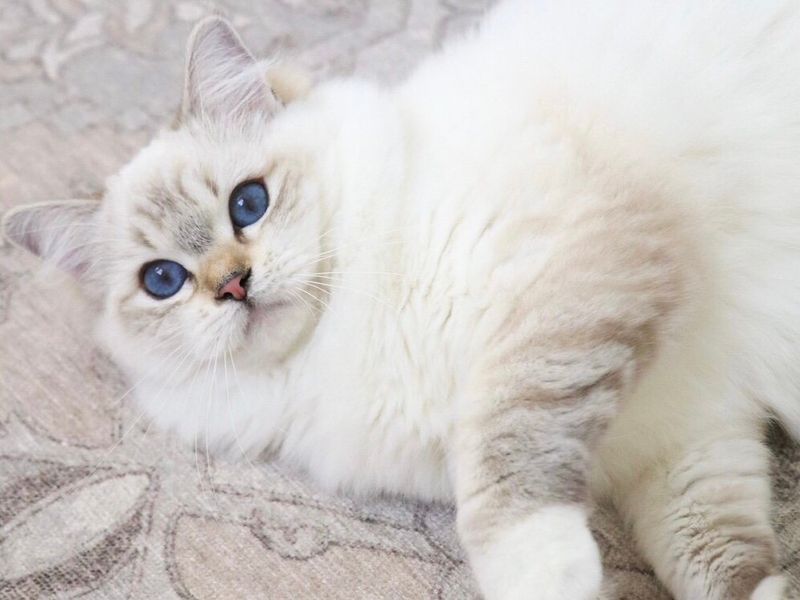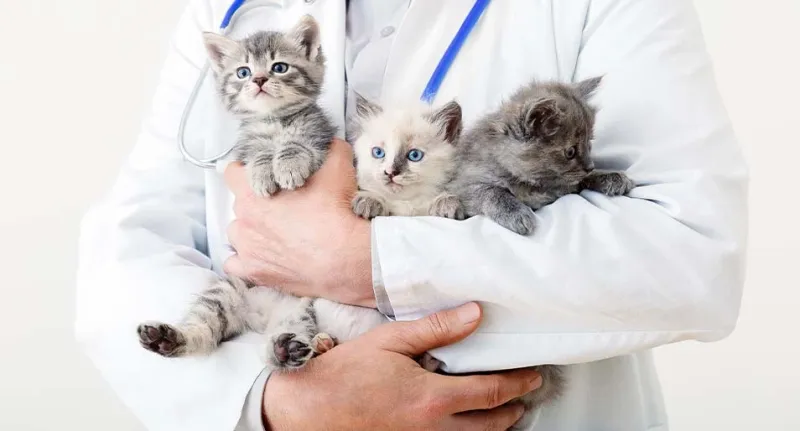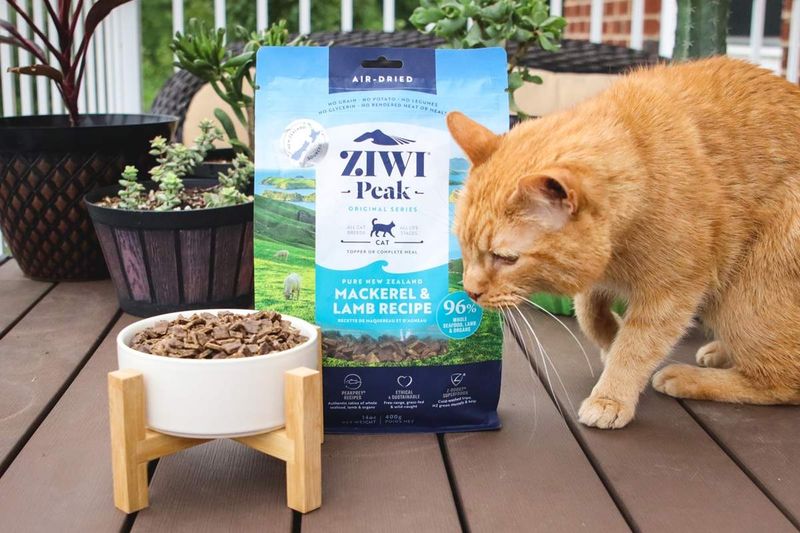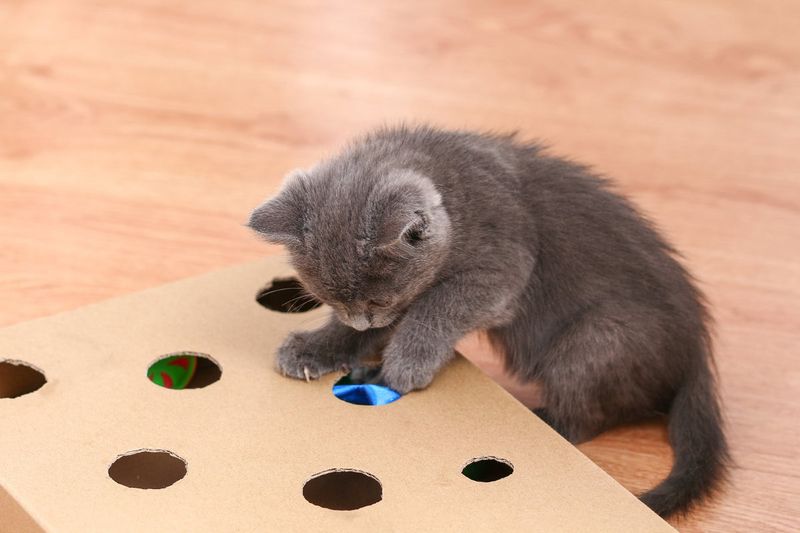📖 Table of Content:
Most cats enjoy lifespans ranging from 12 to 18 years, but not all breeds are equally long-lived. Some are genetically predisposed to health conditions that can shorten their lives. Breed-specific traits, including body structure and inherited disorders, often play a role in longevity.
Cats with naturally shorter lifespans may require more attentive care and proactive health monitoring. Early detection of potential issues and tailored lifestyle adjustments can make a significant difference. Nutrition, regular vet visits, and mental stimulation all contribute to a better quality of life.
Recognizing which breeds are more vulnerable helps in making informed decisions about care and companionship. While genetics set certain limits, a well-managed environment can help these cats thrive. Every extra year gained through thoughtful care is a testament to the bond between human and feline.
1. Sphynx
Known for their lack of fur, Sphynx cats typically live 8-14 years. These unique felines face health challenges, including hypertrophic cardiomyopathy (heart disease) that can shorten their lives. Genetic factors play a significant role in their lifespan. Breeding practices focused on their distinctive hairless trait have sometimes led to health complications.
Regular heart screenings are especially important for Sphynx cats. Their lack of fur also means they need protection from temperature extremes and sun exposure, which can affect their overall health and longevity.
2. Scottish Fold
Scottish Folds captivate with their folded ears, but often live just 11-14 years. The genetic mutation responsible for their signature folded ears also causes osteochondrodysplasia, a painful joint condition that affects their quality of life. Many Scottish Folds struggle with mobility as they age.
Their cartilage problems can lead to arthritis and other painful conditions that require careful management. Early veterinary intervention is crucial for these cats. Responsible breeders now avoid mating fold-to-fold to reduce these health risks, though the breed still faces inherent challenges that can impact longevity.
3. Manx
Hailing from the Isle of Man, Manx cats typically live 8-14 years. Their shortened lifespans often relate to the genetic mutation that causes their tailless appearance, known as Manx Syndrome. This condition can affect the spine, bowels, and bladder. Kittens with severe forms may not survive past birth or early kittenhood.
Healthier Manx cats with “rumpy riser” or partial tails tend to live longer than completely tailless ones. Responsible breeding practices have helped reduce the prevalence of severe cases, but potential owners should research breeders carefully to ensure they’re getting a Manx without serious spinal issues.
4. Persian
Persian cats’ flat faces may look adorable, but this feature contributes to their shortened 10-15 year lifespan. Their brachycephalic (flat-faced) structure creates breathing difficulties and makes them prone to respiratory infections. Tear duct problems are common in Persians. Their eyes require daily cleaning to prevent infections that can impact overall health.
Polycystic kidney disease also plagues this breed, affecting up to 40% of Persians. Their thick coats demand regular grooming to prevent painful mats and skin infections that can further compromise their health, making attentive care essential for maximizing their years.
5. Abyssinian
With a lifespan of 9 to 15 years, Abyssinians pack an impressive amount of movement and mischief into their days. However, this athletic breed often contends with genetic conditions that can reduce their longevity. Progressive retinal atrophy is a common issue, slowly robbing them of their vision. Renal amyloidosis is another serious risk, affecting kidney function as they grow older.
Pyruvate kinase deficiency, a blood disorder, creates another hurdle for these ticked-coat felines. Their high activity levels can mask early symptoms of illness, making regular veterinary checkups particularly important for catching health issues before they become life-threatening.
6. Burmese
Although Burmese cats are known for their robust appearance, their lifespan—typically 10 to 16 years—can be affected by breed-specific health issues. Structural concerns like cranial deformities have been observed in some genetic lines. Additionally, Burmese cats are more susceptible to diabetes mellitus, a condition that demands vigilant dietary regulation.
Hypokalemia (low potassium levels) can cause muscle weakness in Burmese cats, sometimes leading to life-threatening complications. While they’re known for their sweet temperament and intelligence, these health challenges mean Burmese cats benefit greatly from proactive veterinary care and careful monitoring throughout their lives.
7. Ragdoll
Ragdolls typically live 12-15 years, slightly below average for indoor cats. These large, affectionate cats face specific health challenges, particularly hypertrophic cardiomyopathy, which can cause sudden heart failure. Bladder stones and urinary tract issues plague many Ragdolls. Their large size puts additional strain on their joints and organs as they age.
Polycystic kidney disease also appears in some Ragdoll lines. Despite these challenges, many Ragdoll owners report their cats maintain their playful, kitten-like behavior well into their senior years when provided with excellent preventative care and a stress-free environment.
1. Regular Veterinary Check-ups
Scheduling twice-yearly vet visits for breeds with known health issues can add years to their lives. Early detection makes all the difference, especially for conditions like heart disease and kidney failure common in short-lived breeds. Blood work reveals problems before symptoms appear.
For breeds like Persians and Sphynx cats, specialized tests can monitor for breed-specific conditions before they become life-threatening. Establish a relationship with a vet familiar with your cat’s breed. This partnership creates a baseline for your cat’s normal health and makes it easier to spot concerning changes early, when interventions are most effective and can significantly extend lifespan.
2. Tailored Nutrition
Breed-specific diets address unique nutritional needs that can extend lifespan. Persians benefit from foods that support kidney function, while Ragdolls need heart-healthy formulations with taurine and omega-3 fatty acids. Portion control prevents obesity, a major lifespan reducer. Automatic feeders help maintain consistent meal times and amounts, especially important for breeds prone to diabetes like Burmese cats.
Fresh water encourages proper hydration, critical for kidney health. Fountain-style water dishes appeal to cats and increase water intake, particularly beneficial for breeds prone to urinary issues. For breeds with dental problems, consider wet food or specially formulated dry kibble that helps clean teeth.
3. Environmental Enrichment
Stress shortens cat lifespans regardless of breed. Creating a stimulating environment with climbing spaces, hiding spots, and interactive toys reduces anxiety and depression that can compromise immune function. Window perches satisfy natural curiosity safely. For hairless breeds like the Sphynx, heated beds provide comfort without compromising health.
Puzzle feeders engage problem-solving abilities and slow eating, beneficial for breeds prone to digestive issues. Regular play sessions lasting 15-20 minutes several times daily maintain a healthy weight and strengthen the human-animal bond, which studies show correlates with longer lifespans in companion animals.
4. Genetic Testing
Modern DNA tests identify breed-specific health risks before symptoms develop. For Scottish Folds, testing can reveal the severity of cartilage abnormalities, while Ragdolls benefit from early screening for hypertrophic cardiomyopathy genes. Results guide preventative care strategies.
Knowing your Persian carries the PKD1 gene for kidney disease allows for dietary adjustments and medication that can add years to their life. Share genetic information with your veterinarian. This collaboration creates a roadmap for lifelong health monitoring tailored to your cat’s specific genetic risks, making it possible to intervene at the earliest stages of disease development.

